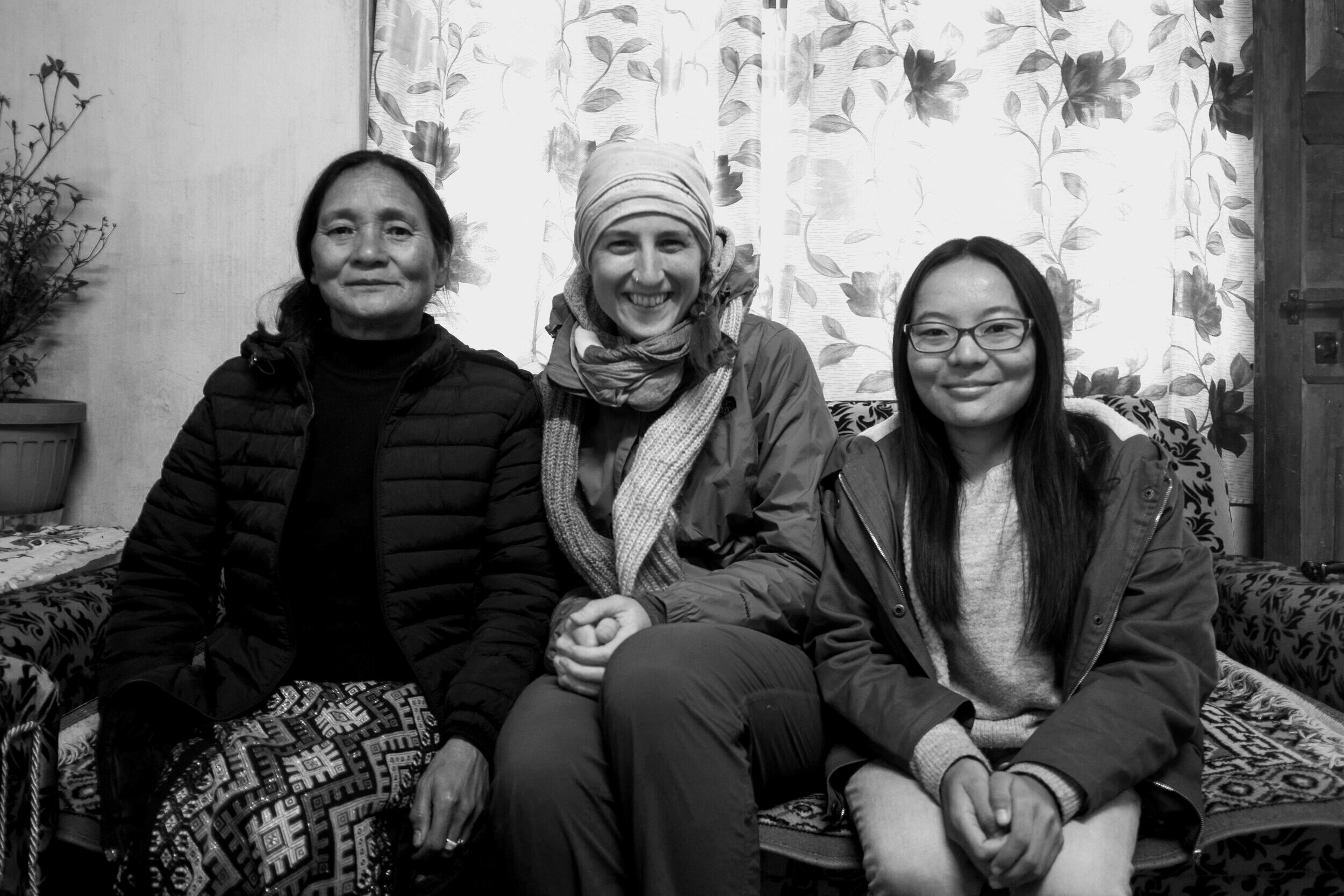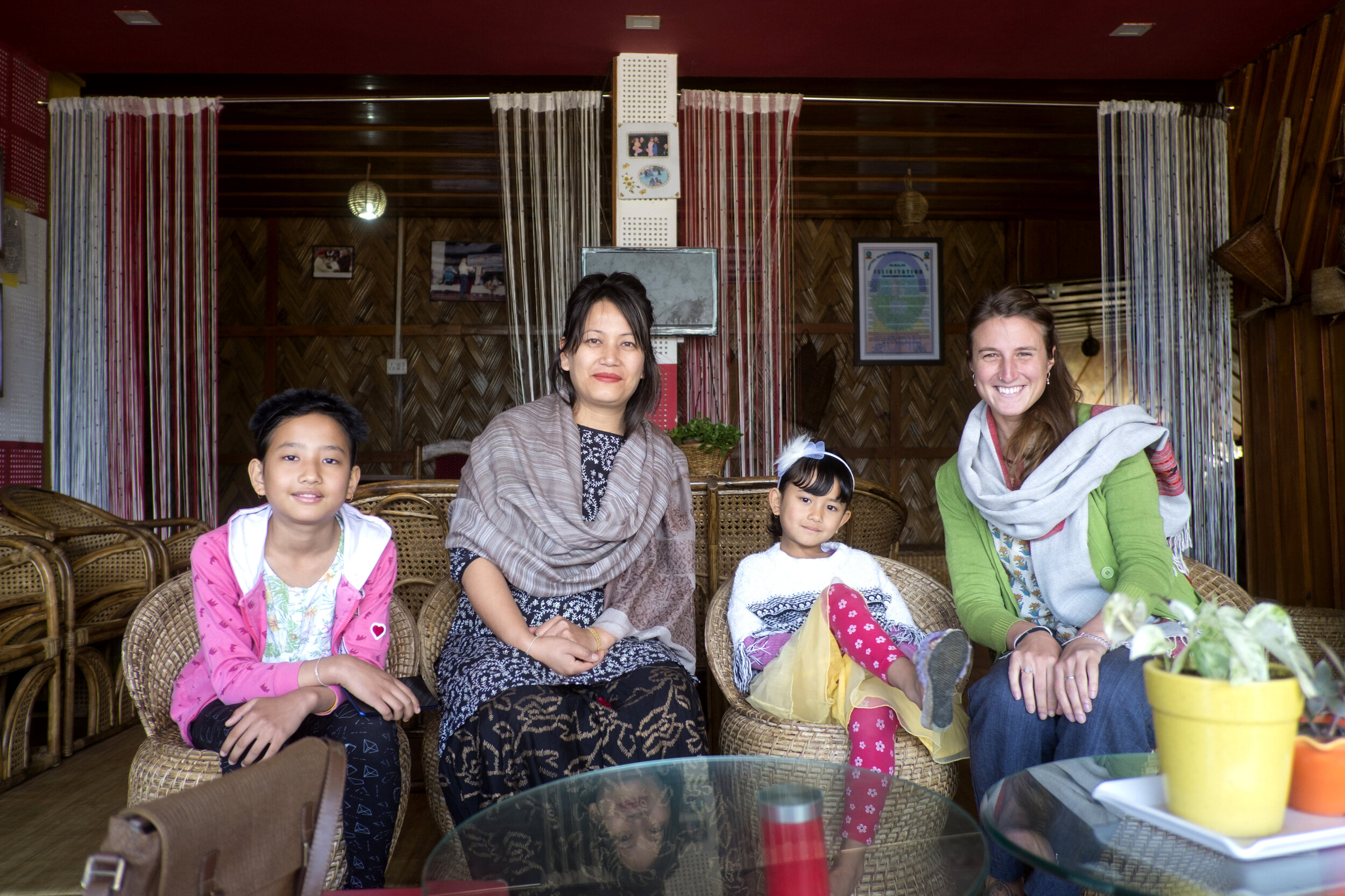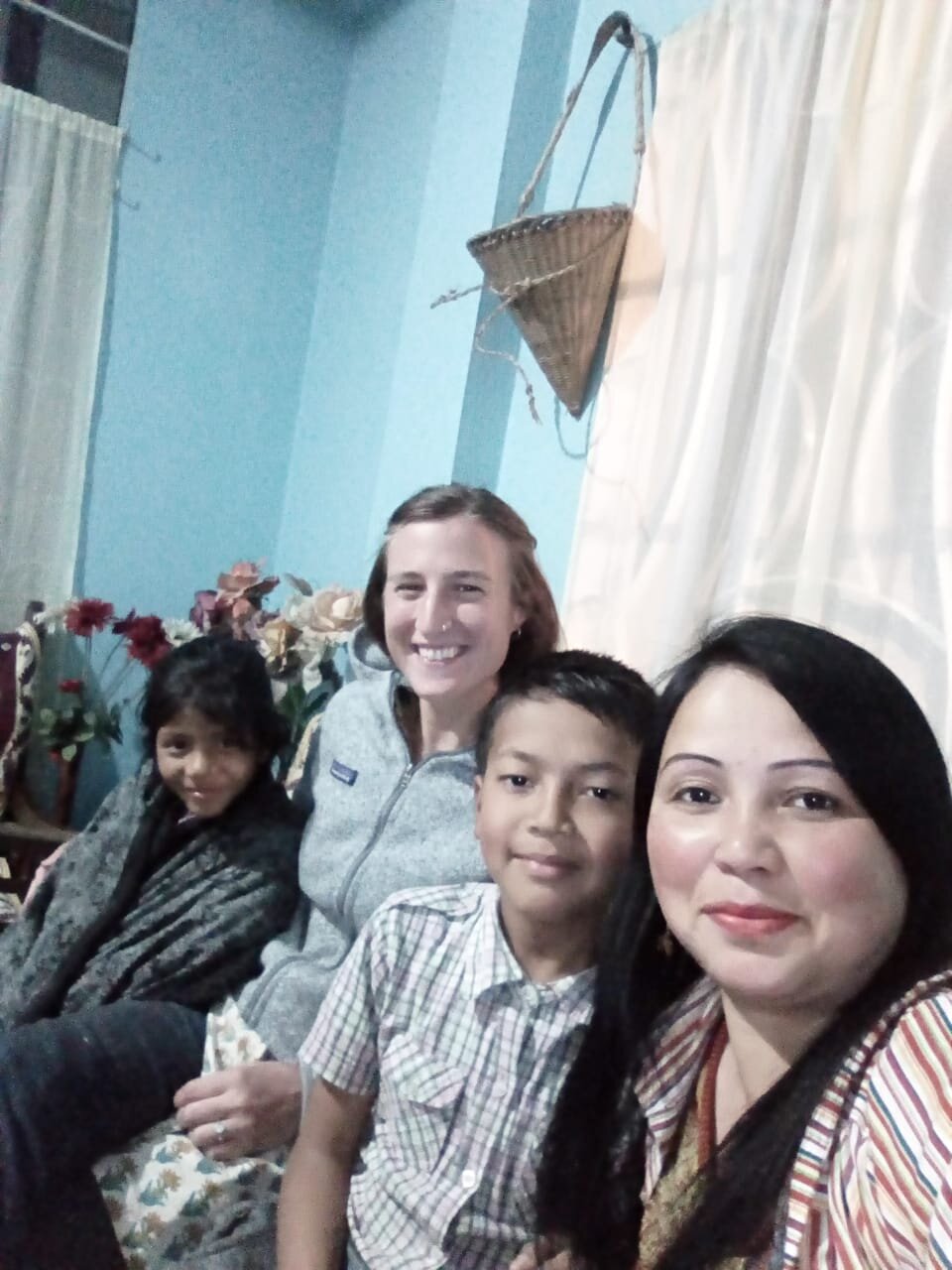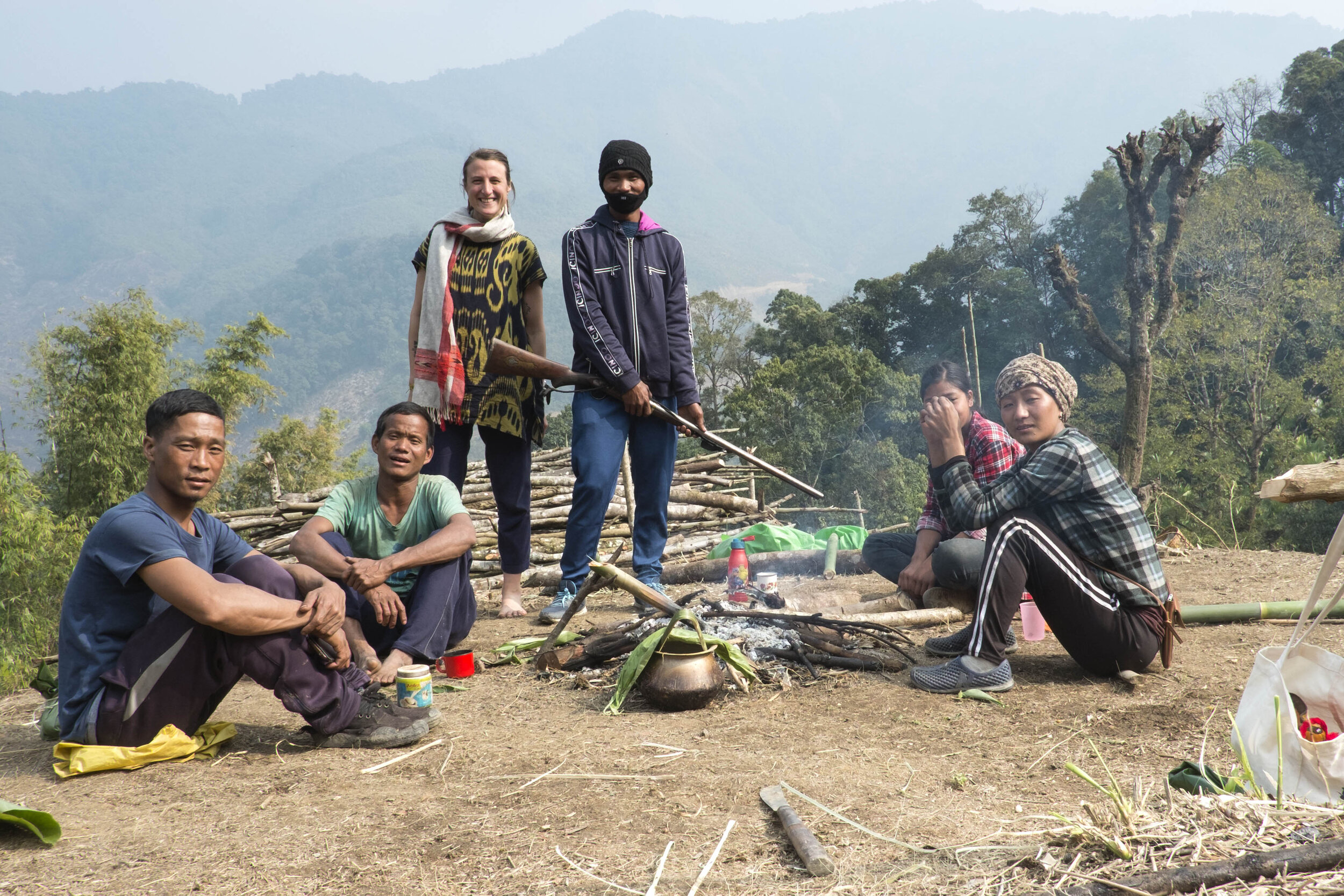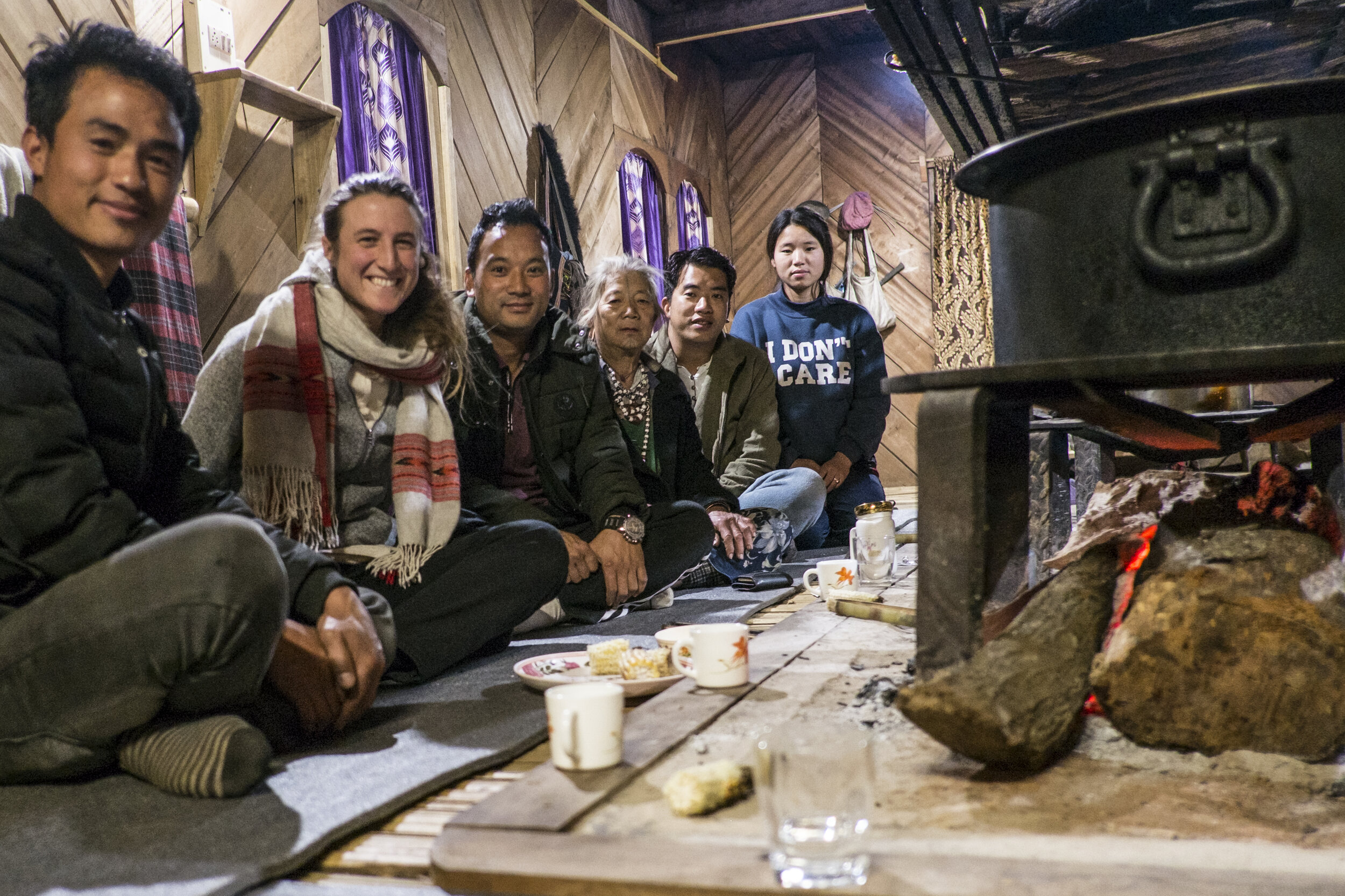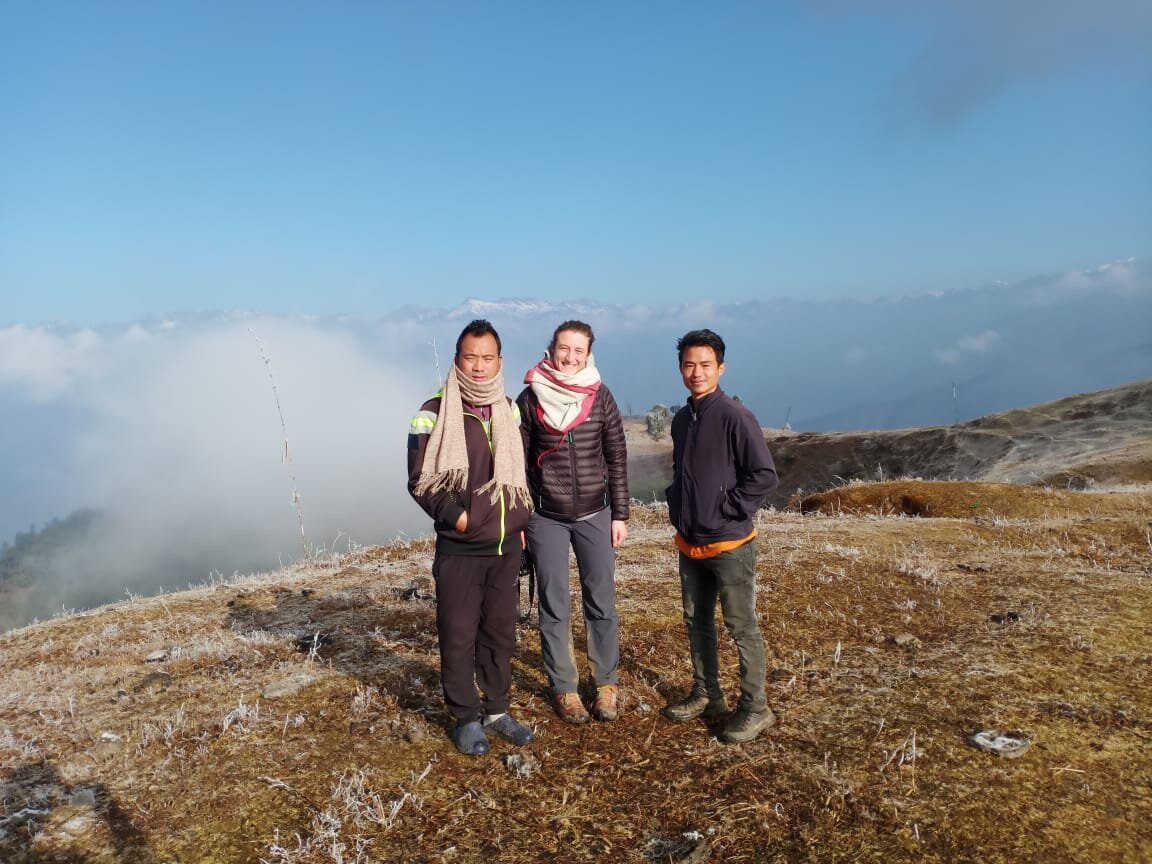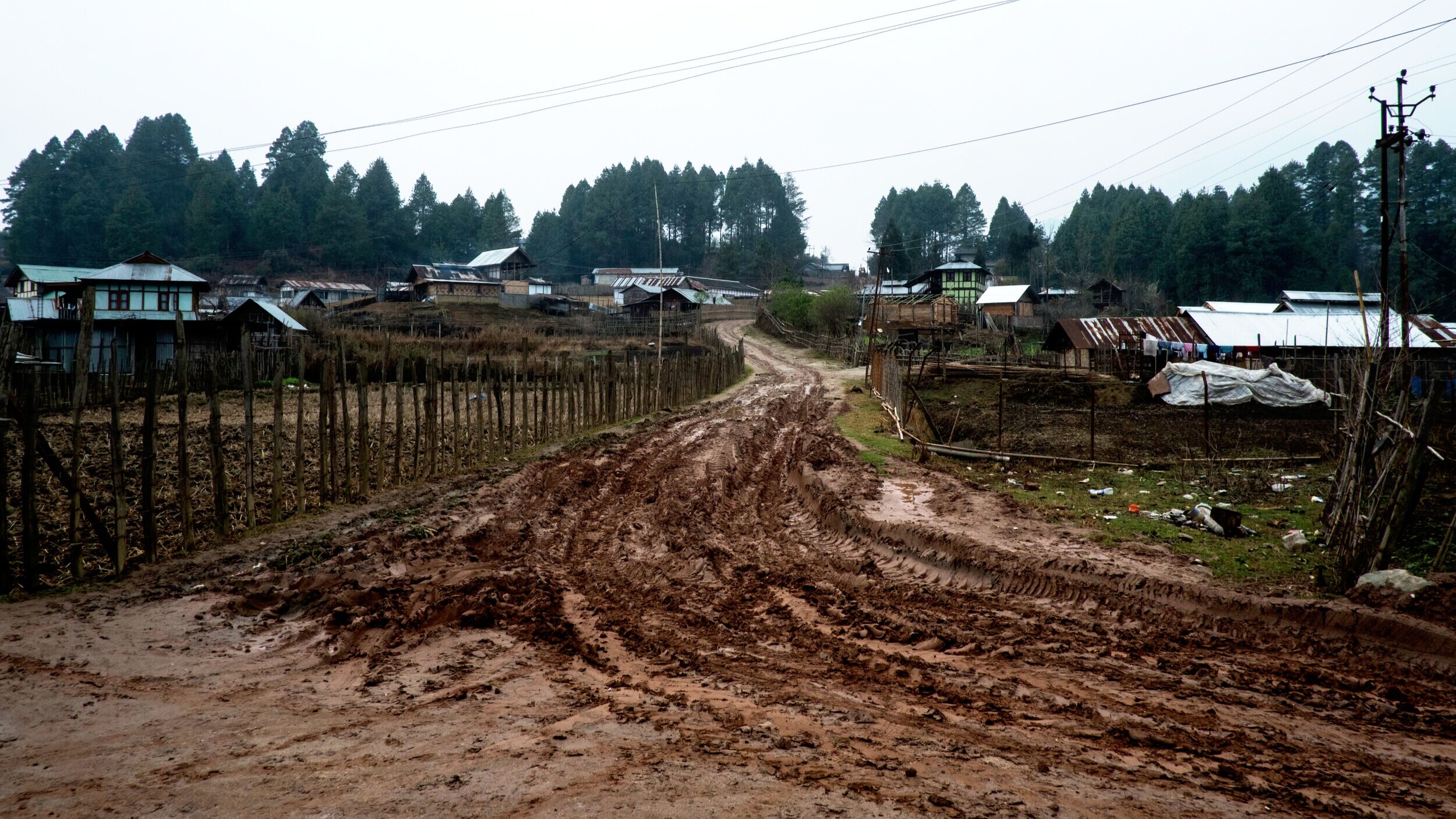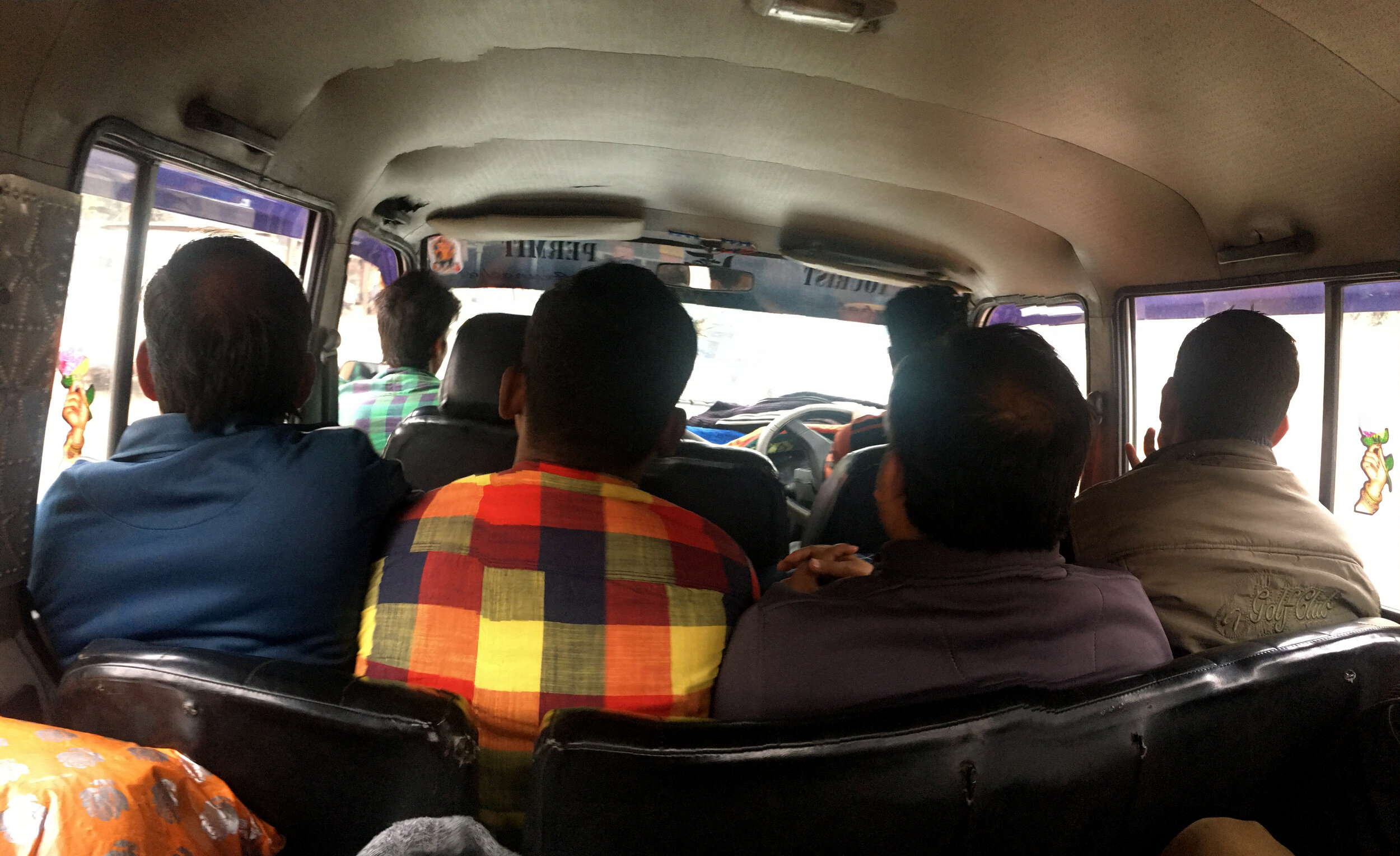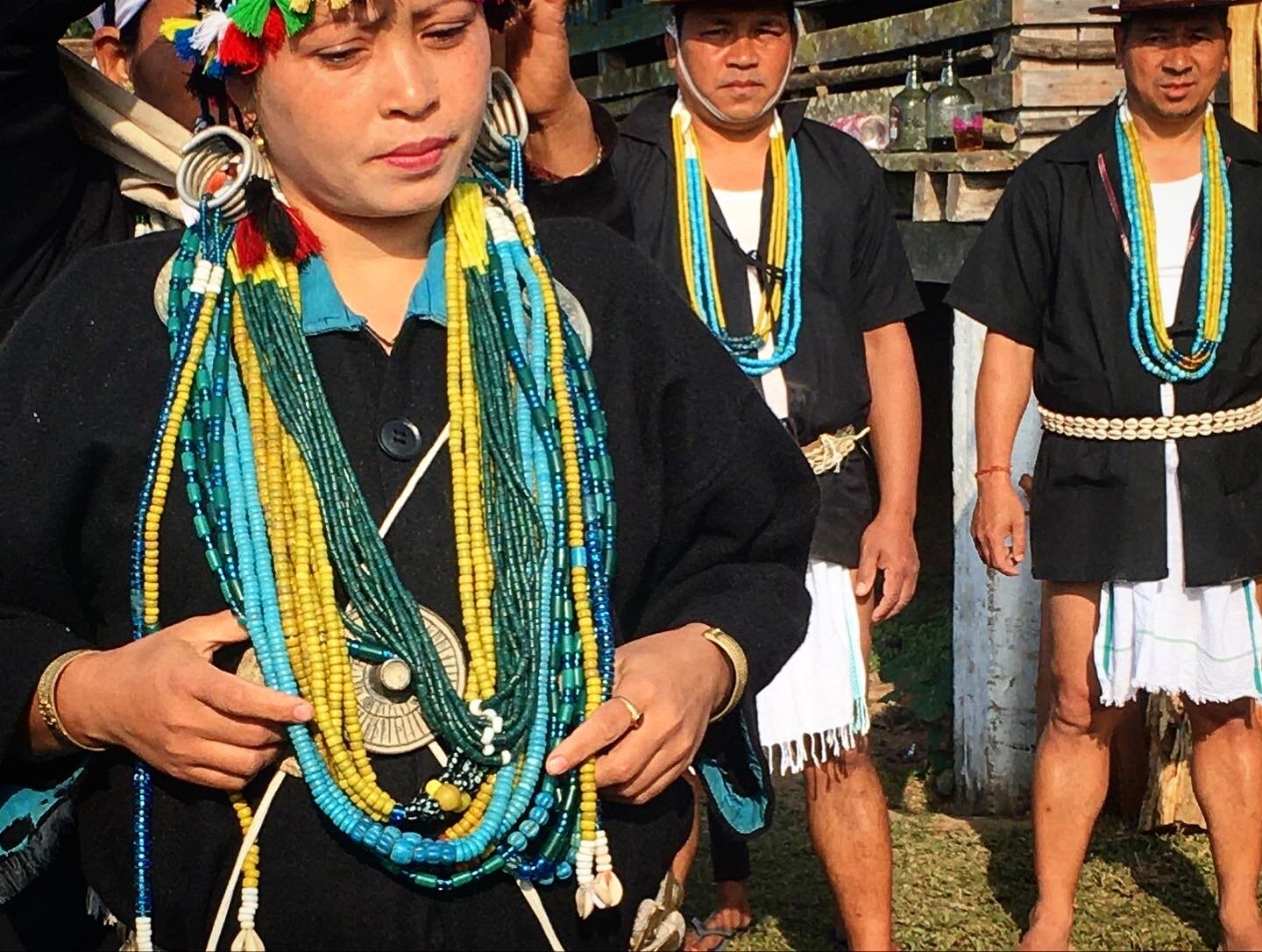Intro to The North East, India’s best kept secret
… and Ali’s new crush!
‘’ I am back to the start. It has been an exploration, an expedition more than a trip. This part of India hasn’t been touched yet from mass tourism. People still point at you, screaming: ‘foreigner!’, tourist infrastructures don’t exist, in most areas there were no hotels, hostels or anything, sometimes no food in restaurants after 6 pm, no Internet connection, and an extremely weak phone signal.
Hot water was a luxury and sometimes there was no running water at all. I had to use candles and an old school alarm clock. A hot water bottle and layers of blankets let me sleep at night. I have eaten rice every day, trice a day. I haven’t use cutleries in a long time. Laundry has been a gift, maps useless,. I spent endless hours on the worst roads I ever been on, shared cars, trains, buses, scooters with all sorts of people. I had dozens of chai and kilograms of rice.
This has been the remotest, untouched area I ever been and traveling as a solo traveler. It has been a challenge full of happiness, satisfaction, and also frustration and tiredness.
All of the smiles along the way, all of those who opened the doors of their houses, shared their passion, enthusiasm, knowledge, traditions, and culture with me made worth every cold night, every one of those kilometres on mud, every day without running water.
I could not be more grateful and happy for all I learned, seen, experienced, tried, heard, lived, loved, hated, and felt.‘’
(From the ‘Diaries of the Northeast’ - March 2019)
This was me, writing after a month spent exploring the least known regions of India.
When I usually talk with people about the North East of India it usually goes like this:
’North East eh? You mean Kolkata right?
‘’No, no really’’
‘’Oh, ok, so…. Darjeeling then?’’
‘’ mmm almost, but… no’’
Very few people, Indians included don’t know there is some more India that stretches further East than the popular Kolkata, Darjeeling, and Sikkim in the North. If you take a map of India you will notice a tiny little corridor that runs above Bangladesh, which was part of India, then ‘West Pakistan’ after partition. Following that corridor, you will reach that area called ‘the Seven Sisters’: seven states bordering with Bhutan, China, Myanmar, and Bangladesh. The geographical position should already gives you an idea of the places we are talking about. Territorially we are closer to South East Asia than India and you just need to start traveling along the plains of Assam then climb up to Arunachal Pradesh to realise how diverse this India is.
After traveling and driving all around the subcontinent in a few years, I realised that there was that corner up there which nobody talks about and doesn’t appear much in the news or blogs or anywhere online. Still now if you look for information, blogs, guide books, tours, not much is offered. Yes, you know about Assam for its tea, its rhinos, and its past bloody civil unrests but, probably, that’s it.
Once I started looking into it a bit more deeply I realised that it was feeling like preparing for an adventure. Not many information available, a lot of ‘empty’ areas on the map, a couple of states which still requires an inner permit (at the moment only Arunachal for not Indians).
So, I reached Guwahati. The main gateway of the region, from and to where trains and flights leave and get to. It still feels like an Indian city of a plain: crowded, colourful, noisy but if you keep an eye open to people's face you will notice that something starts to change right here. With a huge amount of people coming from the surrounded states, Guwahati, besides having the most difficult name to spell (😂), is the main city, the biggest center of the North East with a good selection of schools and universities and many more job opportunities than in some of the other states.


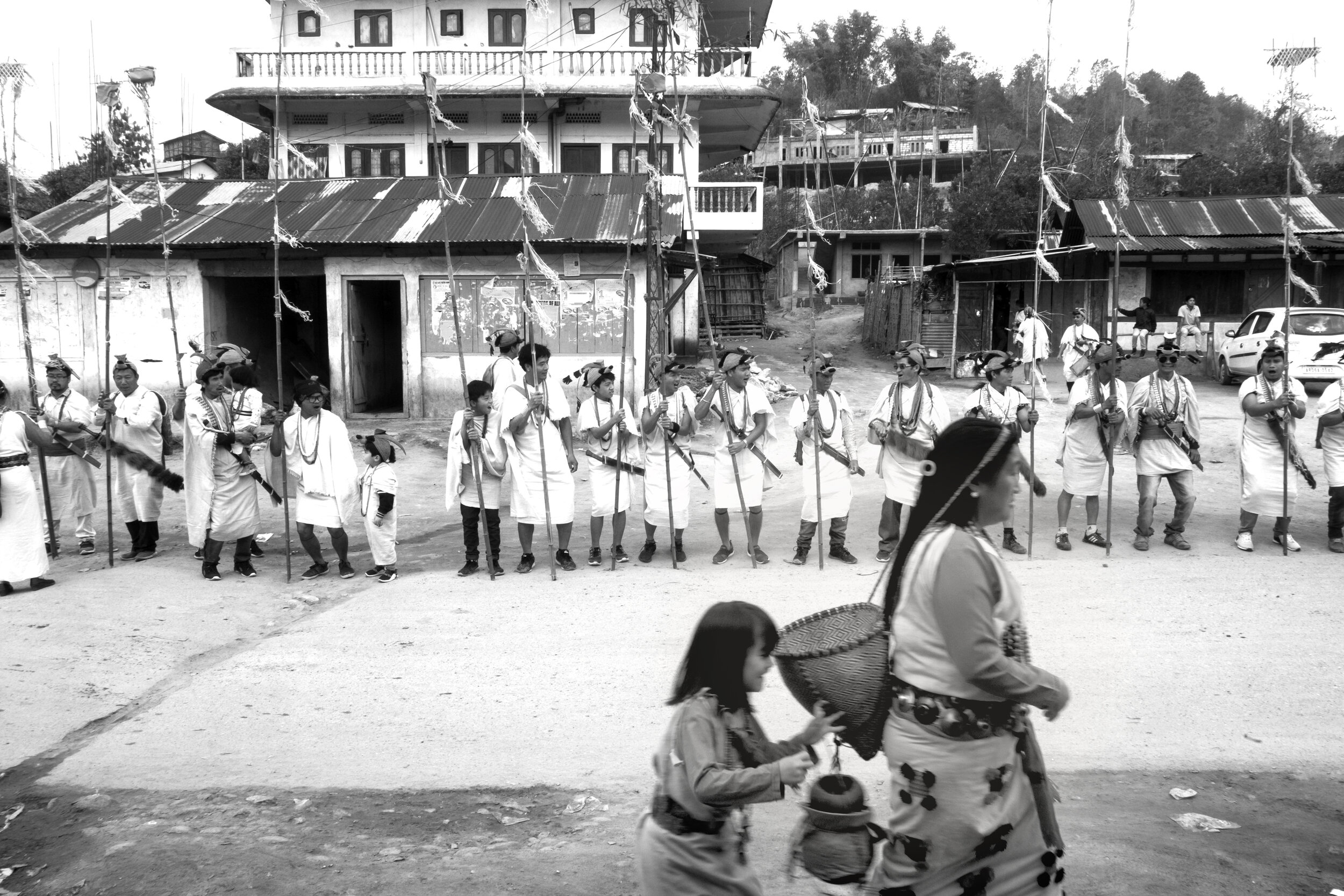

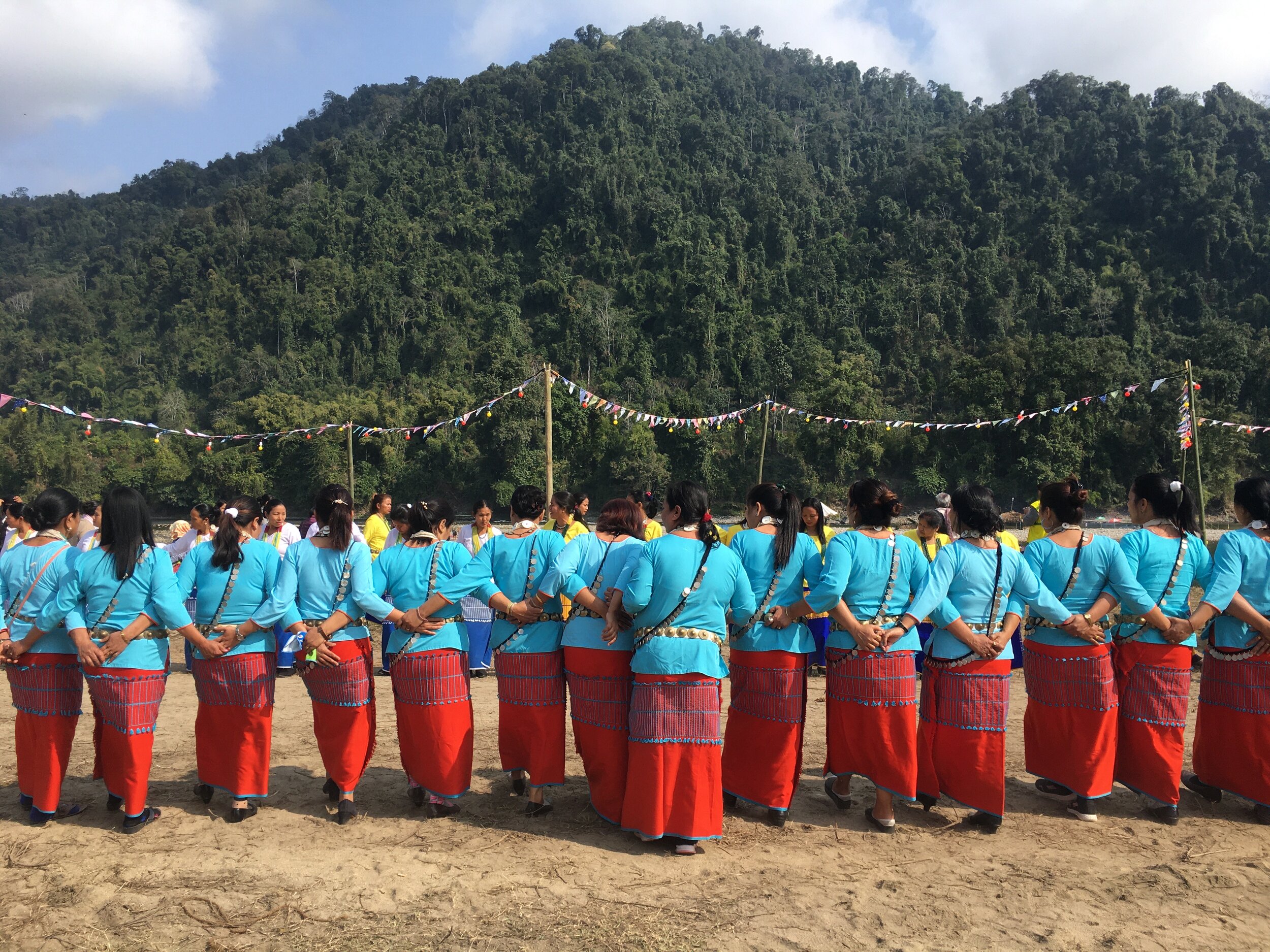
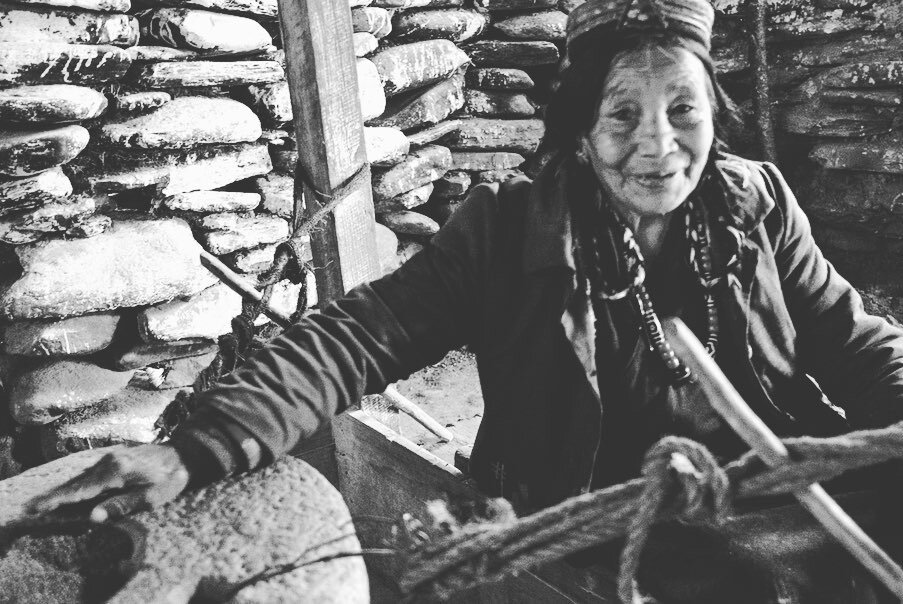
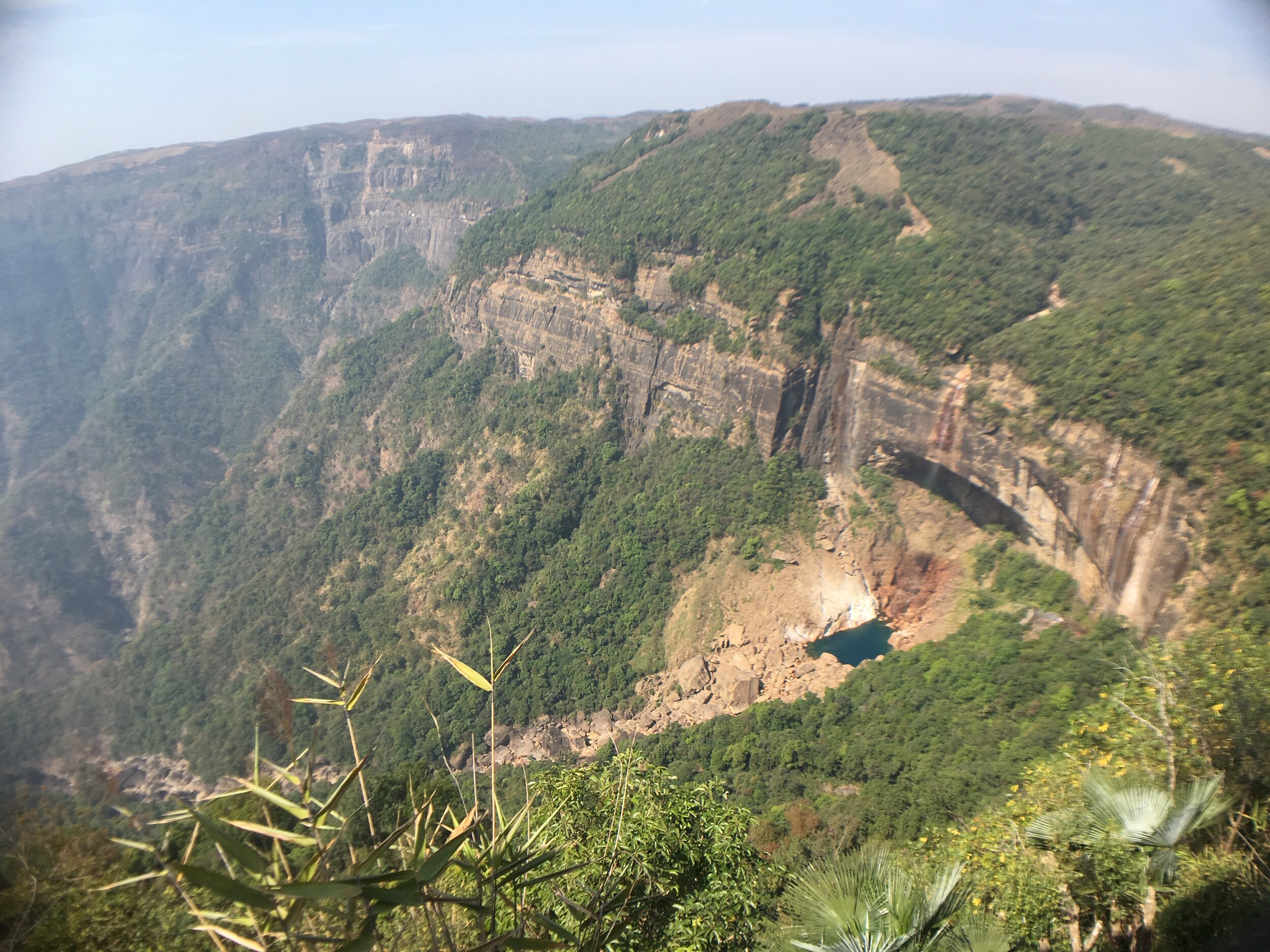
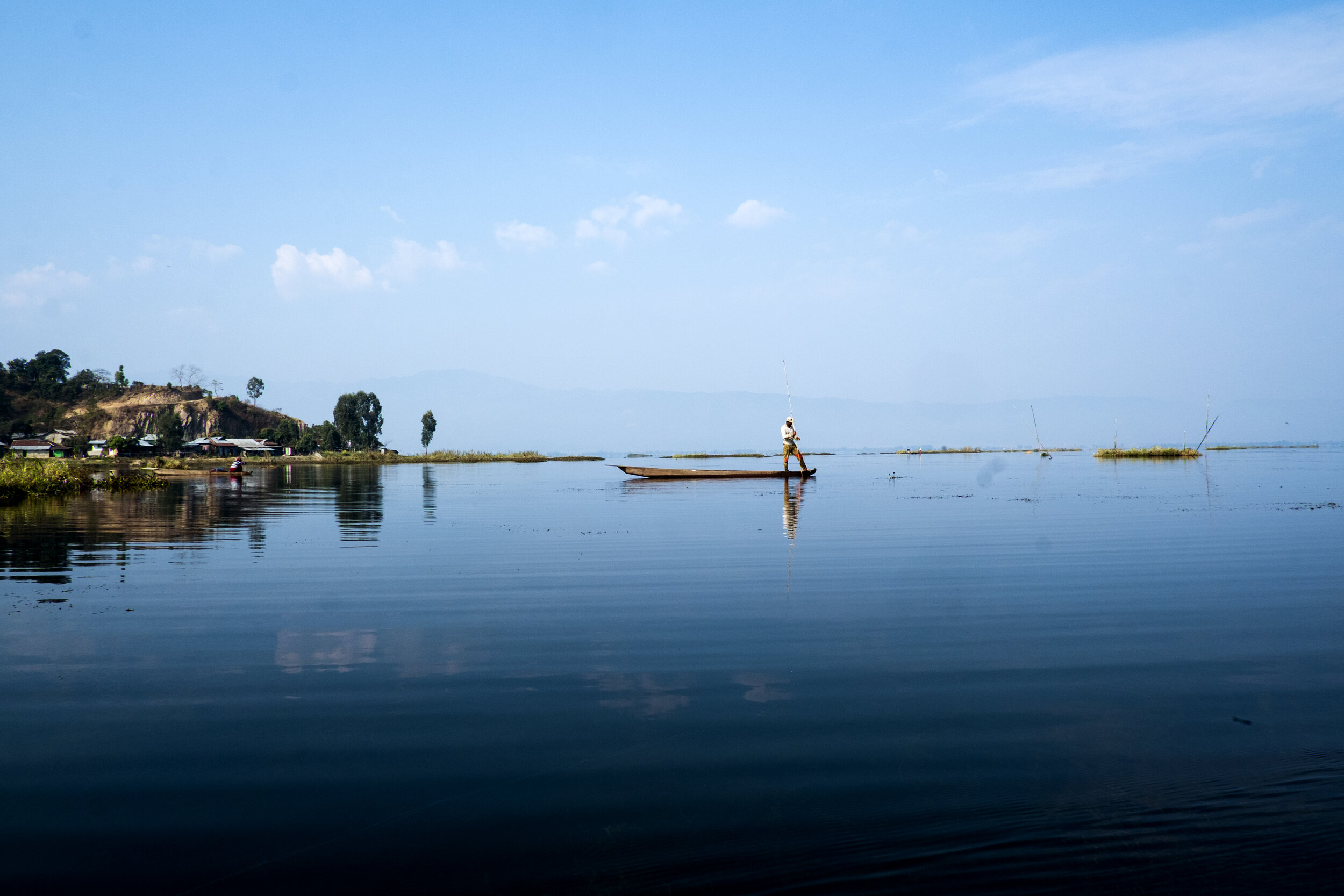
Little I knew about what I was going to do, I had roughly a month time to explore the area and I thought of being able to move around quite quickly, having a glimpse of the majority of the states and then come back later on, as I usually do.
Well, to give you an idea consider that in that amount of time I was able only to explore the biggest of the seven sisters: Arunachal Pradesh, going through Assam on the way and have a quick look at Meghalaya. And that was it.
I had no idea that the conditions of the roads are some of the worst I have ever experienced in my life in anywhere in the world, I had no idea that most of the time you move around with 4x4 filled with 10 people at the time, squeezed in for trips that sometimes lasted for 12 hours.I did not know that quite often there are strikes, electricity cuts but, firstly, I had no idea that all of this and many more ‘obstacles’ made me fall in love with this remote, less-known corner of one of my favorite places in the world.
I finally had a new ‘adventure ground’ right ‘next door’ to Delhi, my Indian home.
The North East has everything I always look in ‘Ali’s ideal destination’ : zero mass tourism and very very few other travellers, untouched, remote natural beauties, hidden villages reachable only by foot, some of the richest, most diverse, colourful cultures I ever encountered. A long dating back history that ties these people to many different countries, lands, cultures, languages, and ethnic groups. But mostly, the strong, impetuous sense of belonging to their tribe, family, land and culture that I read in everyone’s eyes while spending time with the local families in their houses, sharing meals, rooms, and stories.
The North East is a place which allows you to explore in a way almost forgotten in the most of the world, simply because in these areas there are no other options available: you learn how to slow down, to travel on roads which take five hours to cover 30 km, to live with the locals because there are no hotels, resorts, hostels or anything else. Sometime you eat the same thing trice a day cause that’s what is available, what the locals eat, and by the way it is the most delicious, organic, healthy food you can dream of. You forget technology because 3G did not quite make it yet and broadband internet is long ahead in the future.
Last year I left my new friends and families saying I was going return soon because that was not enough for me, too many festivals still to witnesses, too many states to check, and still too many things to learn.
I came back exactly one year later, to the same places and to some new. I went back to ‘my families’ and friends, as I like to do.
I will go back again, soon, meanwhile, I will keep on sharing from the ‘Diaries of the North East’ and maybe think of some itineraries in case I awakened some curiosity in you.

